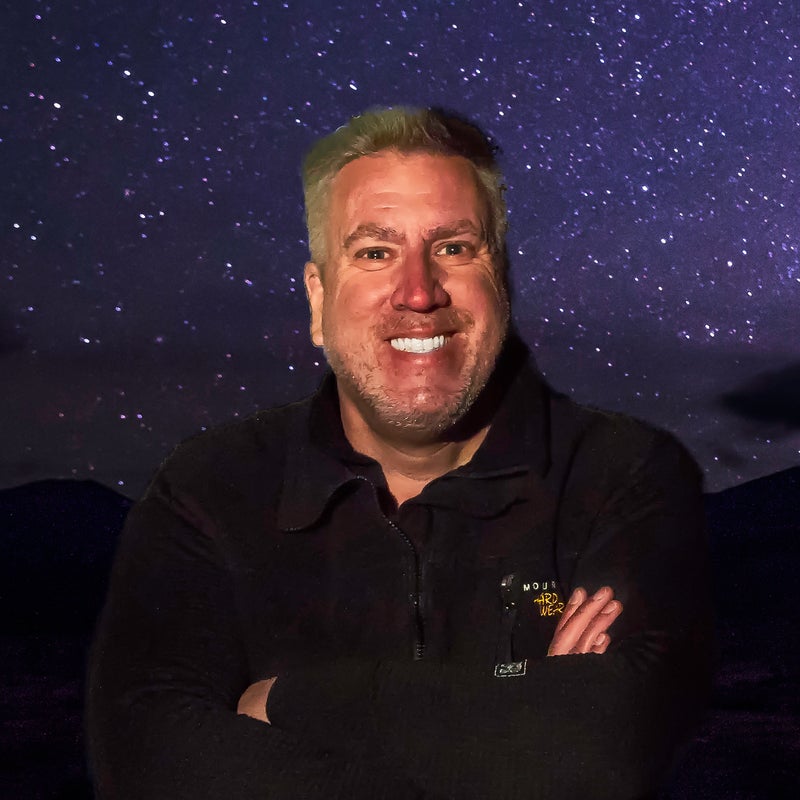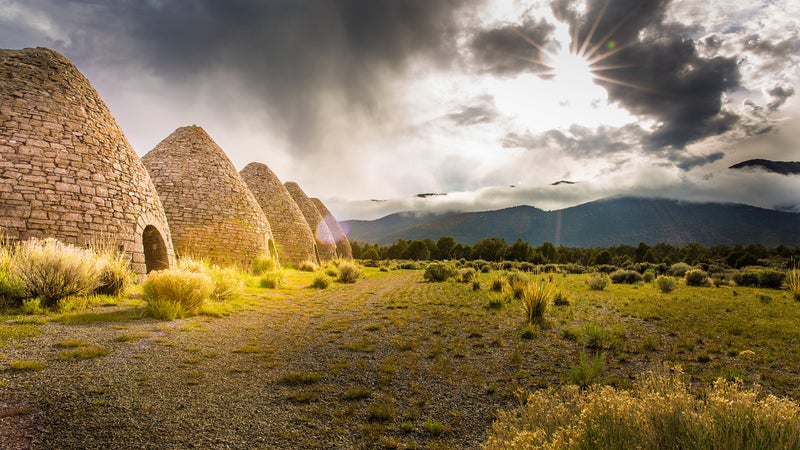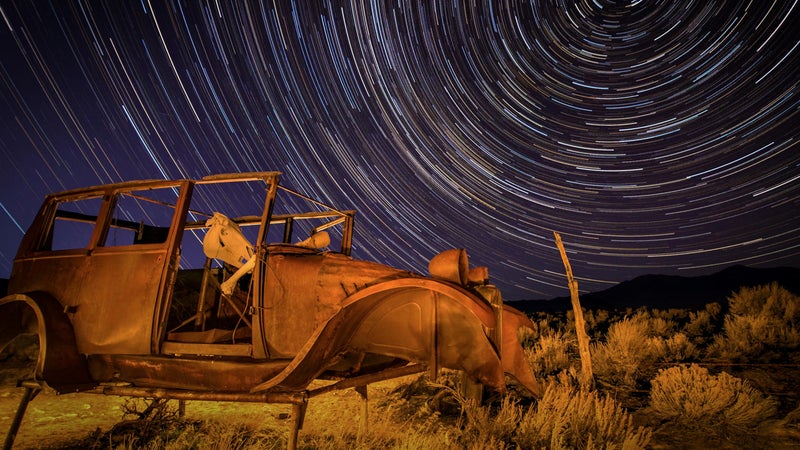My Nevada: Kelly Carroll
Park ranger Kelly Carroll turned the Great Basin into Nevada’s biggest show of stars
“It’s crazy when you think about it. is the brightest point on earth when viewed from space, and just a couple hundred miles north is one of the darkest spots in the lower 48,” says park ranger Kelly Carroll. He’s talking about , an ecological oasis in the high desert of Nevada near the Utah border that’s best known for containing the highest point in the state—13,063-foot Wheeler Peak—and stands of 5,000-year-old bristlecone pines rising like sentinels over lush high alpine meadows and lakes.

Extreme places attract Kelly Carroll like tropical beaches to reality TV shows. Throughout his life, the Ohio State University-trained geologist spent time in some of the world’s toughest environments: the dry, ice-free deserts of Antarctica and the remote Wrangell-St. Elias Mountains in Alaska. It was in Alaska that he caught the bug to jump from academia to work with the National Park Service. His geology background landed him the job at Great Basin National Park in 2009, working with the park’s interpretive development division. When Carroll first arrived, he figured he’d be devoting his time to the park’s unique geography, but then he looked up at the sky and everything changed.
On his first night camping in the park, he sat outside his tent and gazed at the stars for hours. “I’d seen plenty of dark skies in Antarctica and Alaska, but that night I lost my bearings,” Carroll says. “For the first time, I made a connection between geology and astronomy and time. Rocks tell stories, and so do stars, and it struck me that humans have been looking at the same landscape at Great Basin and the same sky for 13,000 years.”
“Rocks tell stories, and so do stars, and it struck me that humans have been looking at the same landscape at Great Basin and the same sky for 13,000 years.”
In Carroll’s view, the night sky at Great Basin is no less impressive than the view of the Grand Canyon from the South Rim or Yosemite Valley from Glacier Point. “It’s a natural resource, a national treasure, in a way,” says Carroll. “I mean, historically we’ve been deeply familiar with true, primeval darkness. It’s only in the last three generations that the illumination of the night has become the norm. But I’m convinced that there’s something in all of us that is still connected to the night sky.”

By 2010, Carroll was hooked on astronomy and, more specifically, building the park into a for star buffs from around the country. The results speak for themselves: In 2009, the park drew roughly 300 people to three dedicated astronomy events. In 2015, Carroll and his fellow park rangers extended the astronomy programs to seven months, putting on more than 100 events, clinics, and classes that drew 14,000 people and their telescopes to the park’s crisp, clear, high-altitude air. Not bad for a sprawling park situated a four-hour drive from Vegas or Salt Lake City.
By now Carroll’s zeroed in on the most effective means to change any first-time stargazer’s relationship with the universe. “I show them Saturn,” he says. “People know all about Saturn. They know intellectually that it’s up there in the sky, but when they see Saturn’s rings through a telescope with their own eyes for the first time, something clicks inside of them. The wonder of discovery coming off them is palpable.”
Access and Resources: The closest airport to Great Basin National Park is , Nevada, a little over an hour away. Salt Lake City is four hours away, and Las Vegas is four and a half. The park has one primitive and five developed campgrounds, all of which are open most of the year on a first-come, first-served basis, except for the Gray Cliffs Group Campground. For weather conditions and more information about camping, activities, and astronomy programs, please visit Great Basin’s . For travel guides, road trip ideas, and packages and deals, check out
Thanks to Carroll, this 77,000-square-mile region of Nevada will soon be forever associated with astronomy. Four years ago, Carroll received approval from the Park Service to work with universities and schools in Nevada, Utah, and Southern California to build and maintain a research observatory inside the park at an elevation of 6,800 feet. In 2016, the $500,000 goes online, and astronomers will be able to remotely control the 28-inch telescope and its cameras from their classrooms. “That may not sound like a big telescope, but thanks to the consistently clear, dark skies and the low cost of operation, researchers should be able to do much more work, and schools that wouldn’t otherwise be able to afford observatory time now can,” Carroll says.

But as much as he’s devoted to astronomy and looking at the stars through a telescope, Carroll still derives his biggest thrill in the Great Basin from looking up at the sky with his naked eye. “There are few places in the world where you’re surrounded by the visible geological strata of the world on this scale—the literal history of the earth—and can look up at the sky and see light from a star that’s only now reaching you after traveling through space for millions of years. The magnitude of it all still takes my breath away.”
Take Your Best Shot
If you head to Great Basin National Park, take your camera and head to Carroll’s pick-list of greatest shots in the park.
- Bristlecone pine grove along the Bristlecone Pine Trail: These iconic trees, some nearly 5,000 years old, best represent the living natural history of the park.
- Stella Lake on the Alpine Lakes Loop Trail: The high-altitude alpine lake set against a rugged mountain backdrop makes for a quiet and serene hike on a night with a full moon.
- Mather Overlook: Situated at just over 9,000 feet, the overlook offers visitors a CinemaScope view of South Snake Range and, on a dark night, the best view of the entire Milky Way.
- Wheeler Peak Campground: The alpine meadows near the campground, situated at just under 10,000 feet, offer your best chance to spot the park’s wildlife around sunset.

